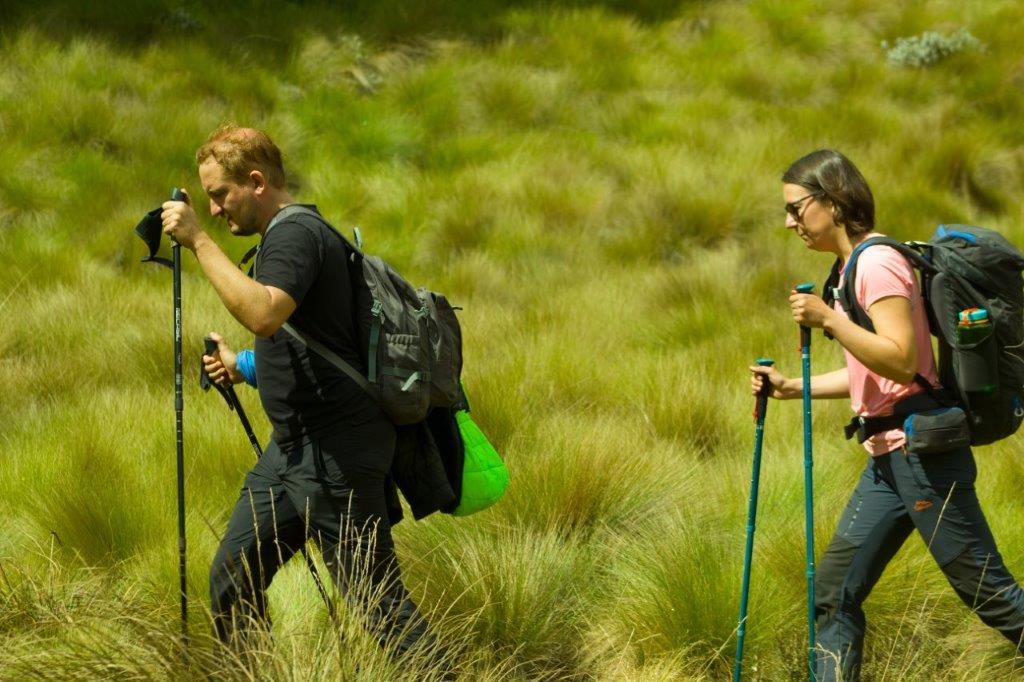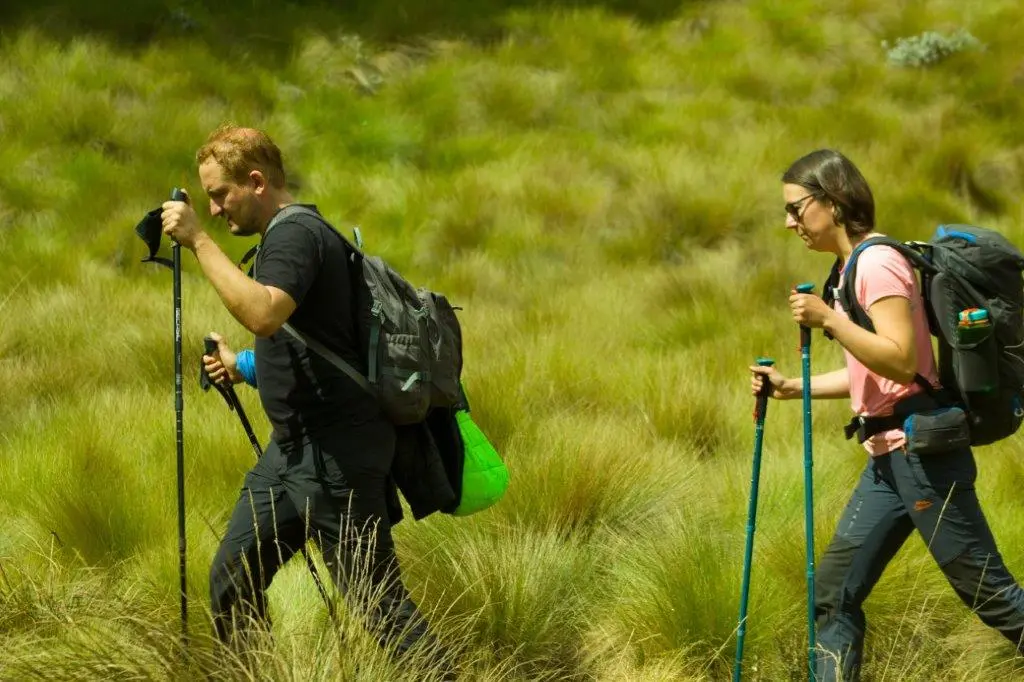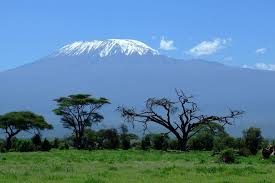Acute Mountain Sickness
Symptoms of Acute Mountain Sickness can manifest at the altitude of Mount Kilimanjaro due to the decreased oxygen levels at higher elevations. Headaches, nausea, dizziness, and fatigue are common signs of AMS that climbers may experience. To prevent and manage AMS, it is crucial to acclimatize properly by ascending slowly, staying hydrated, and listening to your body's signals.
Acclimatization
Altitude greatly affects the process of acclimatization on Mount Kilimanjaro. Proper acclimatization is essential due to the high altitude of the mountain, as failure to adjust to the thin air can result in serious health risks. Climbers must take the necessary time to acclimatize at various camps along the route to give their bodies a chance to adapt to the altitude.
Key strategies for acclimatization include incorporating rest days into the itinerary, allowing climbers to recuperate and adjust to the thinning air. Additionally, ascending to higher elevations during the day and descending to lower altitudes for overnight stays can aid in acclimatization by exposing the body to incremental changes in oxygen levels.
Climbing Routes
The altitude of Mount Kilimanjaro significantly impacts the difficulty of the climbing routes. As altitude increases, so does the risk of altitude sickness, which can be potentially life-threatening if not addressed promptly. Climbers must be prepared for the challenges that come with high altitude and choose their route wisely based on their experience and fitness level.
Summit Success Rate
The summit success rate on Mount Kilimanjaro varies due to the altitude of the mountain. Altitude plays a crucial role in determining climbers' ability to reach the summit, as those who struggle to acclimatize may have to turn back before reaching the top. It is important for climbers to be aware of the risks associated with high altitude and to prioritize their safety above all else.
Weather Conditions
Altitude also affects the weather conditions on Mount Kilimanjaro. Extreme temperatures can be experienced at higher elevations, with frigid nights and scorching days posing additional challenges for climbers. Proper gear and preparation are essential to withstand the harsh weather conditions that come with climbing at high altitude.



